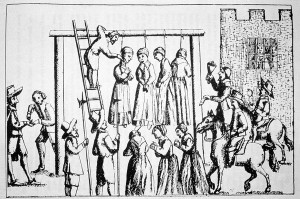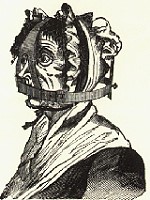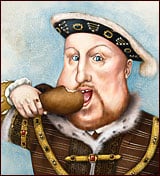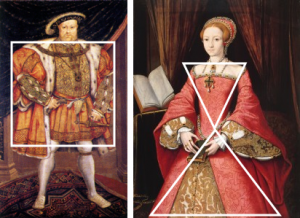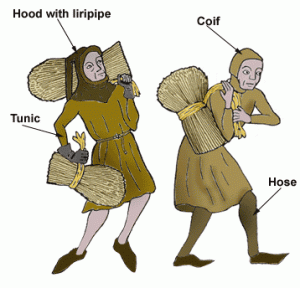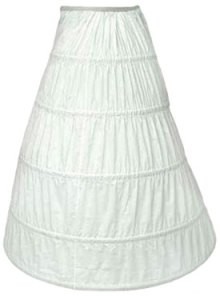We will be starting a new research topic on Tudor Crime and Punishment which will then be presented as an information text in literacy. Get ahead and use the links and information here to start your research now!
WELCOME TO THE CRIME AND PUNISHMENT PAGE.
The Tudors period was a very religious time, and lots of Tudors had strong beliefs in right and wrong. Here you can find out what crimes were committed and how the criminals were punished.
| Beheading | A punishment for rich and important people who had committed serious crimes (murder, speaking against the Royal family or speaking against the church). |
| Hanging | A punishment against ordinary people who had committed serious crimes (murder, speaking against the Royal family or speaking against the church). |
| Burnt at the stake | A punishment for women who had committed serious crimes (murder, speaking against the Royal family or speaking against the church). |
| Pillory/Stocks | A punishment for small crimes including swearing and being homeless. |
| Brank | A punishment for those who gossiped. |
| Whipping | A punishment for stealing foods and other cheap items. |
| Limbs cut off | A punishment for stealing more valuable and expensive items. |
| Drunkard’s cloak | A punishment for walking around town while drunk. |
| Ducking stool | Accused of being a witch. |
Some useful weblinks:-
WITCHES
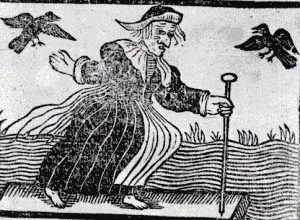
People thought that some witches were bad because they had evil powers given to them by the devil. People thought they could hurt, or even kill people just by touching or staring at them. To see what people thought and to find out what witches did look like we can look at written sources. People said that witches killed or hurt farm animals and stopped cows from giving milk.
Some witches were hanged. Also witches were burned to death or put in prison. Sometimes they were put in a sack and thrown into the fire. Others were dunked in the river by the dunk chair. This is what happened when they dunked them in the water. If they floated they were a witch and they were executed. If they sank they were not a witch but it was too late as they were dead anyway. (anyway if they were innocent by the time they were pulled out, they were dead anyway).
As it was difficult to prove you were not a witch, even if you weren’t, people were terrified of being accused.
There was a lot of crime in Tudor times and also a lot of cruel punishments that were sometimes very unfair. In Tudor times the punishments were very, very cruel. Henry VIII used to execute people as a punishment, including two of his wives.
Extreme punishments.
Execution
Execution was when you were killed. One of the punishments was being hanged. The prisoner had to walk up the ladder to his death. A piece of rope was put around their neck and the person would not be able to breathe. They would hang them from the rope until they had stopped breathing and were dead. Hanging was the punishment for a major crime such as stealing, you would be hanged in a big city. The gallows were a common punishment and people were hanged in the town squares mostly.
Rich people and nobles were usually beheaded not hanged.
Beheading was used for noblemen who would have been held at the Tower of London. They put them in the Tower of London and chopped their heads off with a axe. Beheading was called “Death by the Axe”. Treason was the worst crime, it was plotting to do something horrible to the king. The punishment for this crime was to chop off your head.
What sort of crimes were common?
Often the poorest people in a town or village struggled to feed themselves so they turned to crime to help. Poor people who used to beg would get whipped for begging. (A whip was pieces of string that hit people very hard.)
One of the other punishments was the stocks. This was when you were put in a wooden trap and people then would throw rotten eggs and lots of smelly food at you. You could be put in the stocks for not wearing a hat on Sunday, and whipped for stealing a loaf of bread.
Gossip was also considered a crime and women who gossipped could be put in the Brank. The Brank held the tongue in place with sharp metal and would cut or bruise the mouth if the woman wearing it tried to speak.
Public embarrassment was a large part of Tudor punishment, so you would see people being, whipped, flogged, beaten or put in the stocks in the middle of a busy market place. Watching criminal be punished was a form of entertainment and many people would gather.
Click on the link for a Tudor Crime and Punishment Quiz

